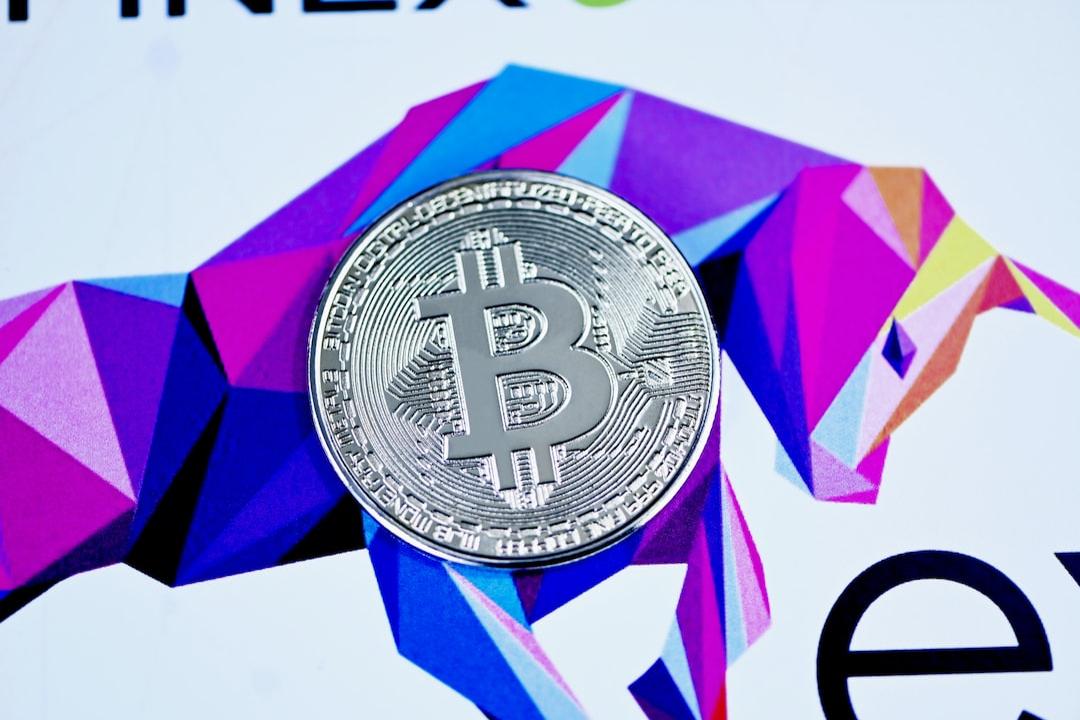Vitalik Buterin Responds to Ethereum Criticism and Hints at Future Upgrades
Ethereum co-founder Vitalik Buterin responded to a critical article about Ethereum, suggesting that future network upgrades may arrive sooner. On Saturday, he wrote on social media platform X:
Pectra Upgrade Launching on May 7
Ethereum is expected to launch the Pectra upgrade on the mainnet on May 7, marking the first major network upgrade since the Dencun upgrade was initiated in March 2024. The name “Pectra” combines the execution layer “Prague” upgrade and the consensus layer “Electra” upgrade, aiming to advance account abstraction, increase staking limits, and enhance the blob quantity limit to strengthen Rollup performance among other features.
Next Upgrade: Fusaka
Following Pectra, the next upgrade for Ethereum will be named “Fusaka,” which consists of the Fulu upgrade and the Osaka upgrade. The key upgrade elements include the introduction of the EVM Object Format (EOF) and the use of PeerDAS to improve data availability.
Upcoming Glamsterdam Upgrade Details
Vitalik also revealed some details about the upcoming Glamsterdam upgrade that will occur after the Pectra and Fusaka upgrades. According to EtherWorld, “Glamsterdam” consists of the Gloas upgrade and the Amsterdam upgrade, involving a significant transition from Merkle Trees to Verkle Trees, which will enhance Ethereum’s data storage and transaction verification methods, laying the foundation for greater scalability and efficiency.
Ongoing Development and Improvements
Vitalik added that other features are also in progress. He mentioned that the Improvement Proposal EIP-7702 addresses the “double-click to redeem coins” issue, which will be included in the Pectra upgrade (though wallet support will be required for activation). Based Rollups are progressing rapidly, with Ethereum Layer 2 network Taiko and ecosystem developer Nethermind’s Surge Rollup project being noteworthy. As for long-term account abstraction (EIP-7701), efforts are underway to simplify the design, aiming to achieve the benefits of abstract verification without increasing the burden on the consensus layer while maintaining censorship resistance.
Source

